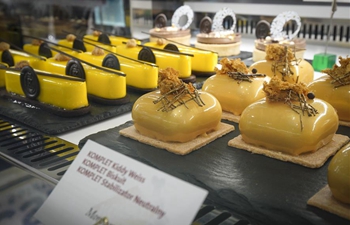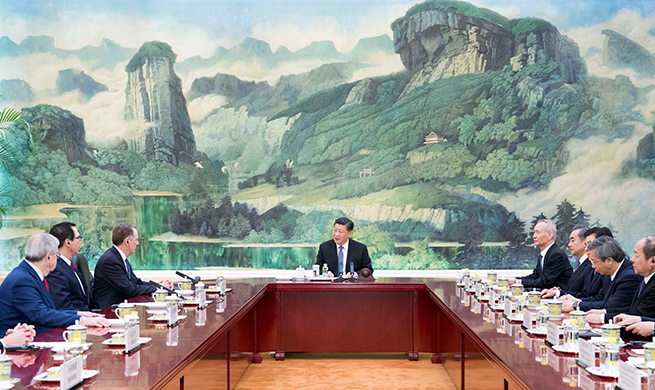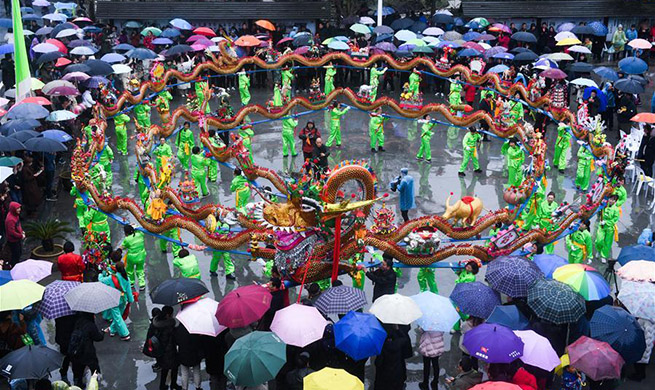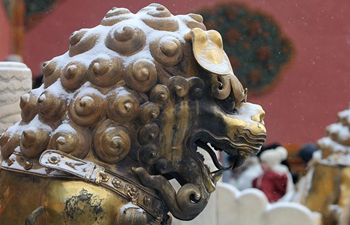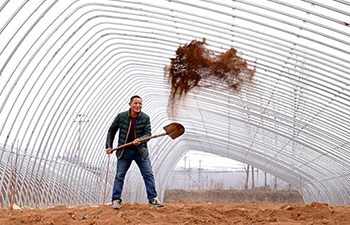TOKYO, Feb. 18 (Xinhua) -- Japan's health ministry on Monday approved a clinical trial for the treatment of spinal cord injuries using iPS cells.
The so-called induced pluripotent stem cells (iPS), have the potential to grow into any type of bodily tissue.
Approval for the trial, which will be the world's first, was given by a panel from the health ministry and will see a team of researchers from Keio University transplant about two million iPS-derived cells into each of the four patients involved in the trial.
"Finally, we are able to carry out a clinical study 20 years after the research began. I'd like to offer a safe treatment to patients as early as possible," Keio University Professor Hideyuki Okano told a press conference at the private university in Tokyo.
The patients to undergo the trial treatment will have suffered loss of motor function due to damage caused to their spinal cords through sports and traffic accidents.
They will be injected with the cells within two to four weeks following their injury, as the treatment can be effective in this period.
The team, headed by Okano and Masaya Nakamura, also from Keio University, hope that based on a previous trial, where a paralyzed chimpanzee successfully regained the ability to walk following the treatment, the neutral cells injected into the patients will develop into neurons to help restore limb movement.
After the patients being injected, it will take about a year as the patients undergo rehabilitation, for the team to ensure the safety and effectiveness of the trial. The team are hoping to begin the trial this year.
Roughly 5,000 people damage their spinal cords each year in Japan. In addition, more than 10,000 people are estimated to be living with some form of spinal cord-related injury.
In 2012, Shinya Yamanaka from Kyoto University won the Nobel Prize in physiology or medicine for developing iPS cells, which could play a vital role in the future of regenerative medicine and drug development.


